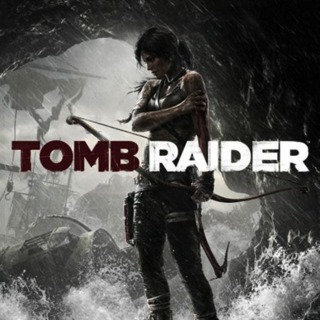After the franchise peak with Core Design's Tomb Raider II (1997), the series fizzled via redundant sequels and mediocrity. Then came Lara Croft Tomb Raider: Legend (2006) with Lara Croft's creator, Toby Gard and new developer Crystal Dynamics at the helm. Legend revived the franchise with a much needed new engine, powered by the same technology used in Crystal Dynamics' Soul Reaver series. This revision of Croft in Tomb Raider (2013) is her most engaging in the franchise.
Croft is now portrayed by Camilla Luddington who voices and does all the motion capture for the character. Luddington provides a more emotional and believable revision of Croft surpassing even previous efforts by Angelina Jolie in her live-action Lara Croft Tomb Raider films. Croft now gets scratched up and her survival skills put to the test in many brutal occasions. The entire game takes place on Yamatai island in the Dragon’s Triangle, which is a character in itself full of environmental hazards, traps, and dangerous inhabitants.
Tomb Raider features skill, gear, and weapon upgrades expanding on the linear upgrade system in Lara Croft Tomb Raider: Legend. Croft has less weapons to work with, but over the course of the game the player can gradually upgrade these through a skill tree. Raiding tombs are optional, which is more rewarding as the player experiences Croft becoming the Tomb Raider and searching for crypts at their will. Also, Croft can fast travel to previously explored locations at camp sites. This is beneficial in the event the player forgot a collectable or missed a tomb.
The rebooted Tomb Raider works as a standalone origin story where the player experiences Croft shape into the character we’ve known since the past few decades. Much like Bruce in Christopher Nolan’s rebooted Batman trilogy (2005-2012), Croft has reached legendary status.

